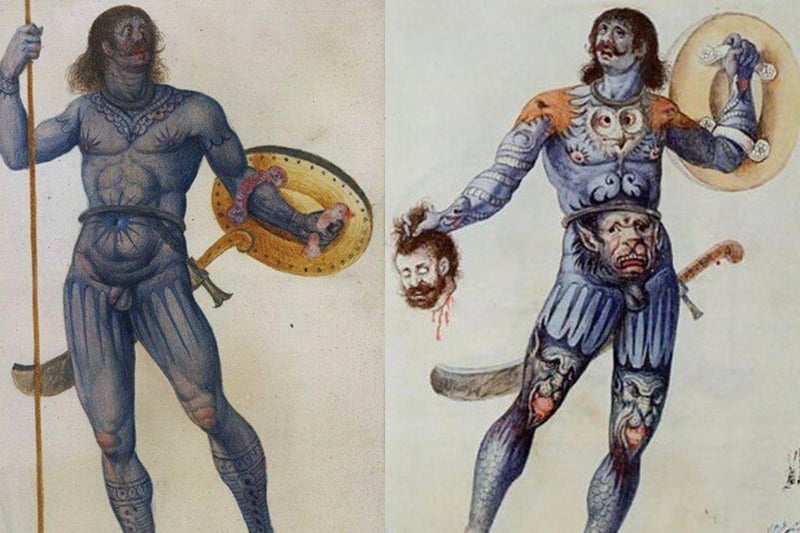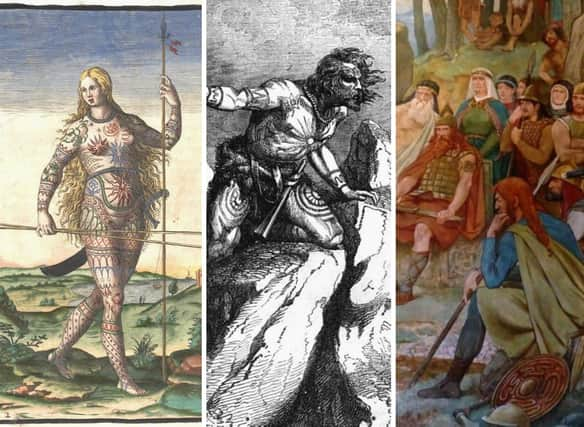The Picts are a mysterious tribe from Scottish history, often thought as ‘savage warriors’ we don’t know a lot about them as their historical records stem largely from the Roman Empire who were their bitter rivals. Despite many attempts by Romans to move in on Pictish territory, and having dominated other areas of Britain easily, they still could not conquer this ancient tribe.
The first mention of Picts comes from a Roman chronicler in 287 CE, yet no written record of them can be found post 900 CE which leaves historians puzzled by their ‘mysterious’ disappearance as all that remains of their legacy are carved stones, settlements and place names in Scotland.
Rest assured, researchers have confirmed there was much more to these ‘savage warriors’ than just that as they boasted a ‘sophisticated culture’ and a long history despite not being so well-known today. So, to learn more about the fascinating Picts of Scotland here are 13 facts about them.

1. They covered themselves in tattoos and were painted in blue
Romans referred to the Picts in Latin as “Picti” which means “the painted ones”. Historians suspect that this is because they were covered in tattoos and stained their entire bodies blue. Historians have debated this but Julius Caesar himself when describing the Picts said that they dyed themselves in blue in order to attain a “wild look in battle”. Photo: via WikiCommons

2. Pictish tattoos were not only decorative
The blue dye that Picts used came from Woad or Isatis tinctoria leaves. When applied to their skin, it not only distinguished them from their enemies and made them appear more ferocious, but it also served a medicinal purpose. Scholars have noted that the dye has antiseptic properties and so Picts would lather it onto their wounds/scars for good health. Photo: Submitted

3. Pictish people were talented Seafarers
There is a wealth of evidence to support that Pictish tribes lived alongside the coast of the regions we now refer to as northern England and southern Scotland, and this geographical detail explains their relationship with the water as sailors. By way of their sailing abilities, the Picts forged alliances with other tribes in Europe against the Romans. Photo: via WikiCommons

4. The Picts were ferocious pirates
The Roman Empire had many issues with Pictish pirates who were reportedly difficult to counterattack. Along the coast of the British Isles, there are accounts of people from Londinium (London) witnessing bands of Pictish pirates sailing by following successful raids on small Roman communities in Britain - even claiming some captives too. Photo: via WikiCommons


